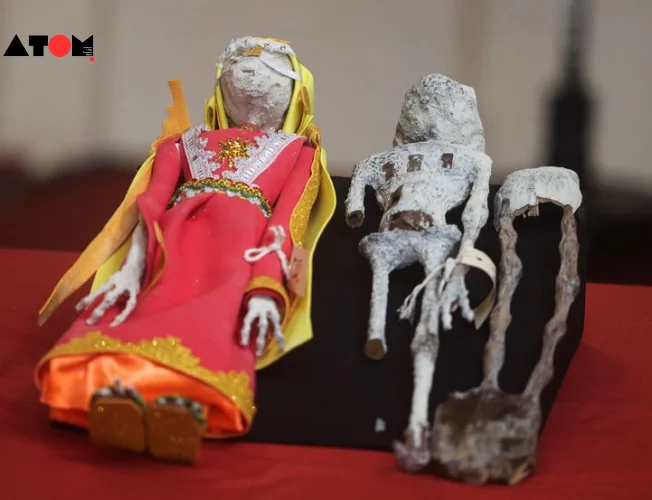Exploring the Intricacies of Peru’s Archaeological Plunder
In the remote Nazca region of Peru, Leandro Rivera stumbled upon a cave brimming with ancient artifacts, including mummies with elongated heads and peculiar hand formations. This discovery, amidst the famed Nazca lines and salt flats, has sparked a wave of intrigue and fueled a thriving black market trade in archaeological treasures.
The Enigmatic Discovery in Nazca
Nazca has long been shrouded in mystery, with its iconic geoglyphs etched into the desert landscape captivating the imagination of explorers and researchers alike. However, beneath the surface lies a lesser-known realm of archaeological riches, concealed within caves and burial sites.
Rivera’s Controversial Unearthing
Rivera’s excavation efforts, although fueled by curiosity, quickly landed him in legal trouble. Convicted of assault on public monuments, Rivera faced repercussions for his unauthorized excavation activities. Despite legal ramifications, his discovery gained widespread attention when mummified remains, allegedly from his excavation, surfaced in Mexico, sparking debates on extraterrestrial life.
Challenges in Curbing Archaeological Plunder
Peru’s battle against archaeological plunder faces numerous hurdles, with grave robbers exploiting loopholes and evading detection. Despite government efforts to control trafficking, challenges persist, raising questions about the efficacy of existing measures.
The Proliferation of Online Trafficking
In recent years, the rise of online platforms has facilitated the illicit trade in cultural artifacts, providing a cloak of anonymity for sellers and buyers alike. The COVID-19 pandemic further exacerbated this trend, prompting a surge in online sales and enabling tomb raiders to share tips and strategies virtually.
The Threat of Fakes and Exploitation
Amidst the illicit trade, concerns abound regarding the proliferation of counterfeit artifacts and the exploitation of cultural heritage for profit. Smuggling networks peddle not only genuine relics but also fabricated items, capitalizing on the allure of ancient mysteries and alien fascination.
The Imperative of Collaboration and Vigilance
To combat archaeological plunder effectively, concerted efforts are needed from various stakeholders, including government agencies, law enforcement, and local communities. Greater collaboration and vigilance are essential to safeguarding Peru’s rich cultural heritage for future generations.
Read more: Marketing News, Advertising News, PR and Finance News, Digital News





